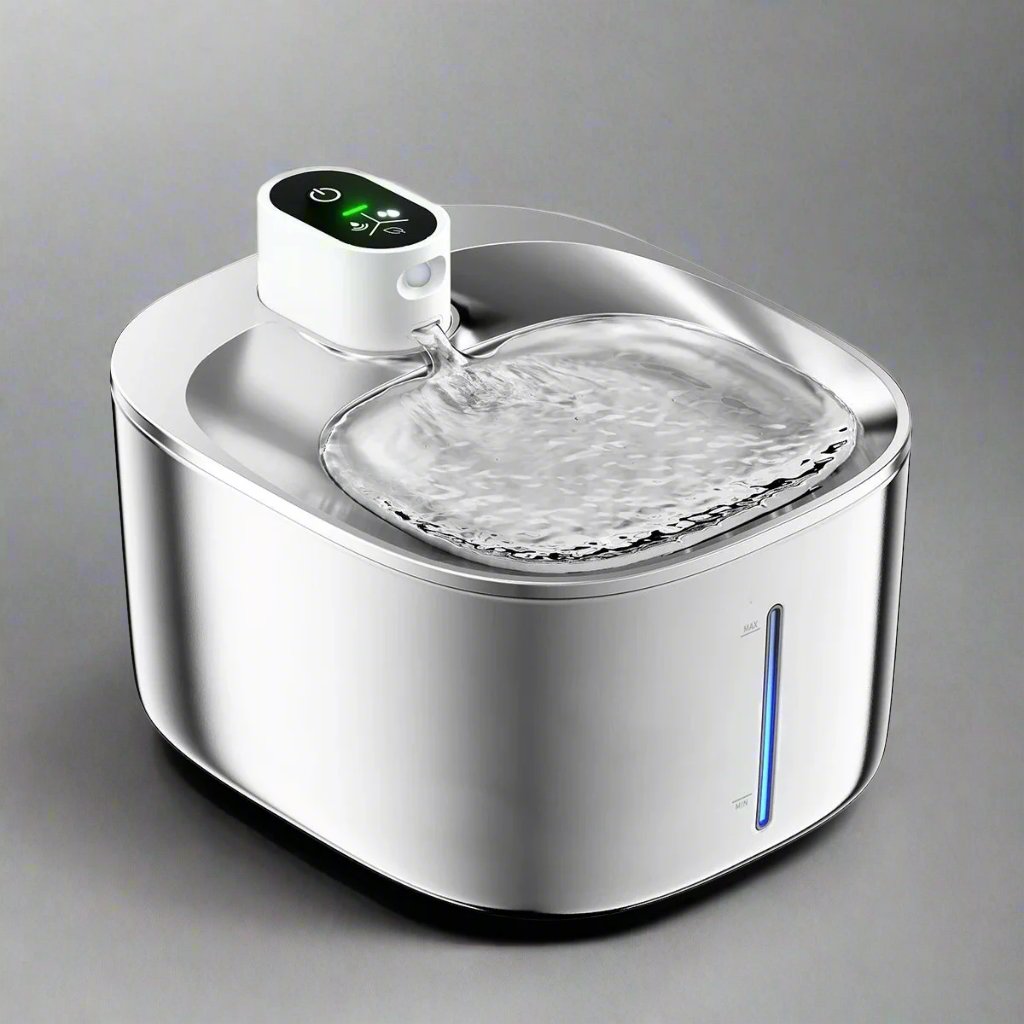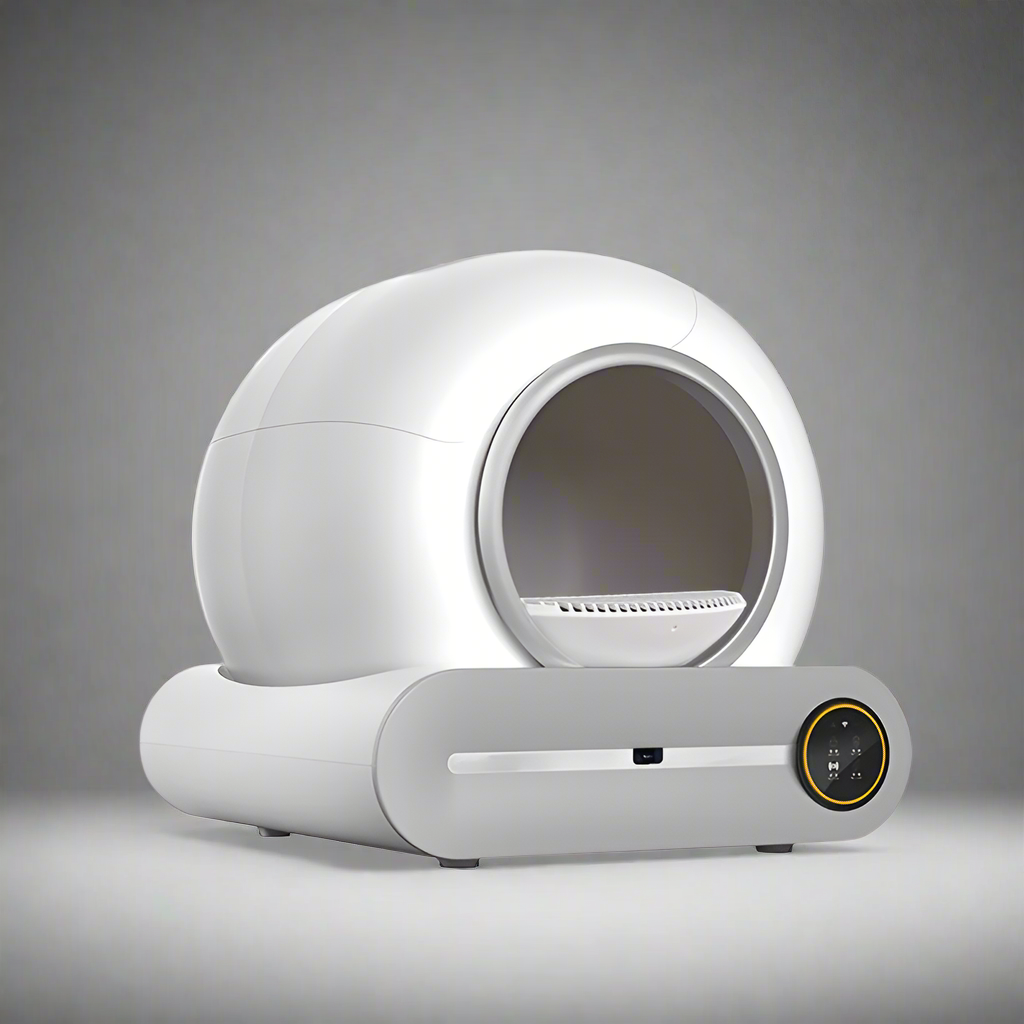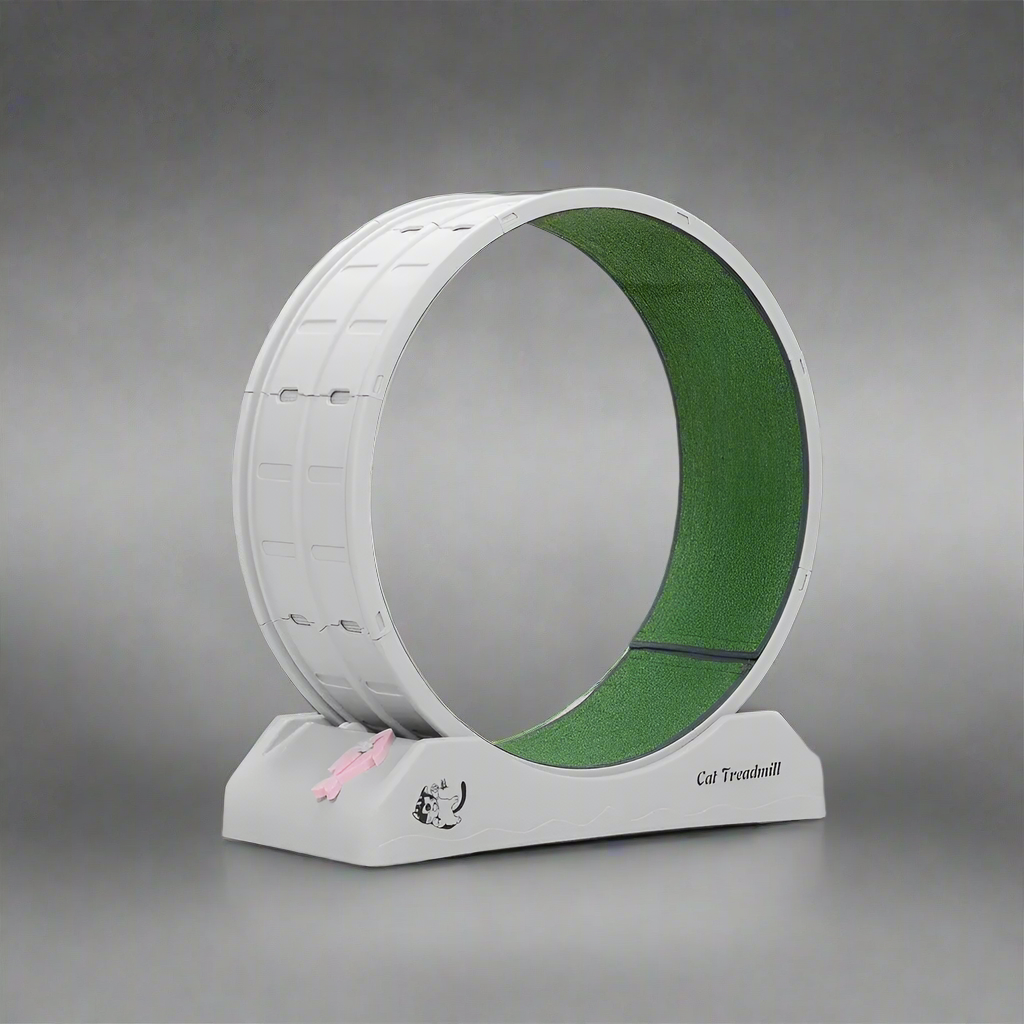Why Timely Feeding Matters for Your Pet’s Health (Especially After Spaying or Neutering)
As pet owners, we understand the importance of feeding our furry friends properly. But did you know how and when your pet eats can be just as crucial as what they eat? This is especially true for spayed or neutered pets, whose metabolism slows down after surgery.
Key Facts About Feeding Pets
- Obesity Risk: According to the Association for Pet Obesity Prevention, nearly 60% of cats and dogs in the U.S. are overweight. Spaying or neutering increases this risk because these procedures reduce energy needs by up to 30%.
- Digestive Health: Irregular meals can cause bloating and discomfort. Smaller, more frequent meals support better digestion.
- Nutrient Absorption: Overfeeding or underfeeding disrupts nutrient balance, affecting your pet's overall health.
The Challenge of Manual Feeding
Life gets busy, and it's easy to miss meal times or accidentally overfeed. If multiple people feed your pet, tracking portions becomes even harder. These challenges highlight the need for a reliable solution.
How Automatic Feeders Help
Automatic pet feeders ensure consistent, controlled feeding:
- Set Meal Times: Program the feeder to release food at specific intervals.
- Precise Portions: Prevent overfeeding with exact serving sizes.
- Peace of Mind: Even when you're away, your pet gets fed on time.
Studies show that pet owners using automatic feeders report improved weight management and reduced stress for their pets.
Conclusion
Proper nutrition is vital for your pet's health. With automatic feeders, you can maintain a healthy routine effortlessly. Invest in one today and give your pet the care they deserve!






Leave a comment
This site is protected by hCaptcha and the hCaptcha Privacy Policy and Terms of Service apply.